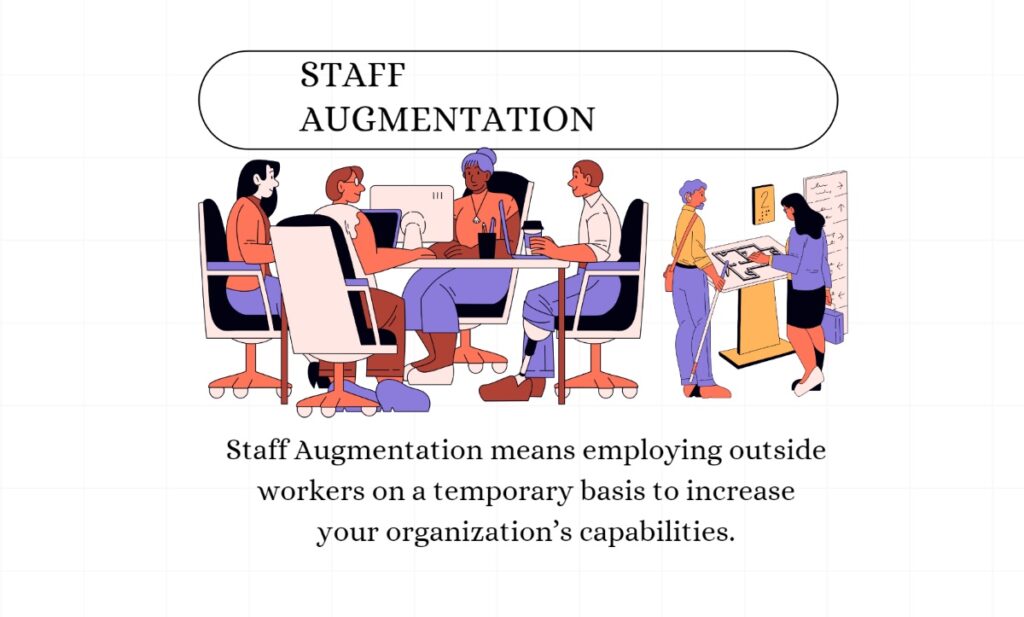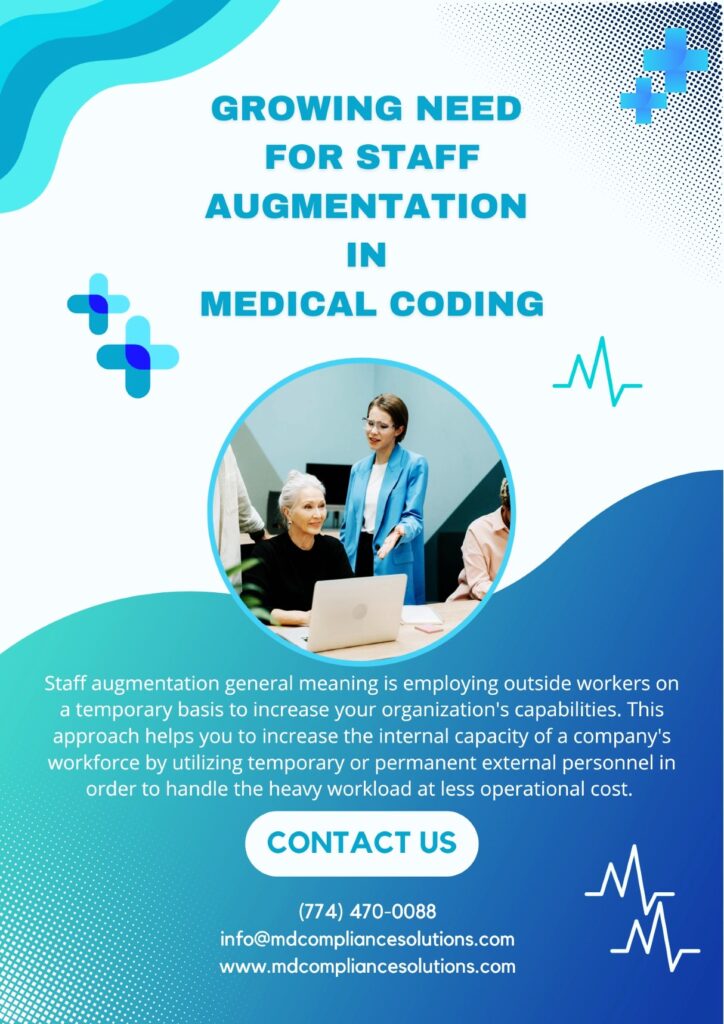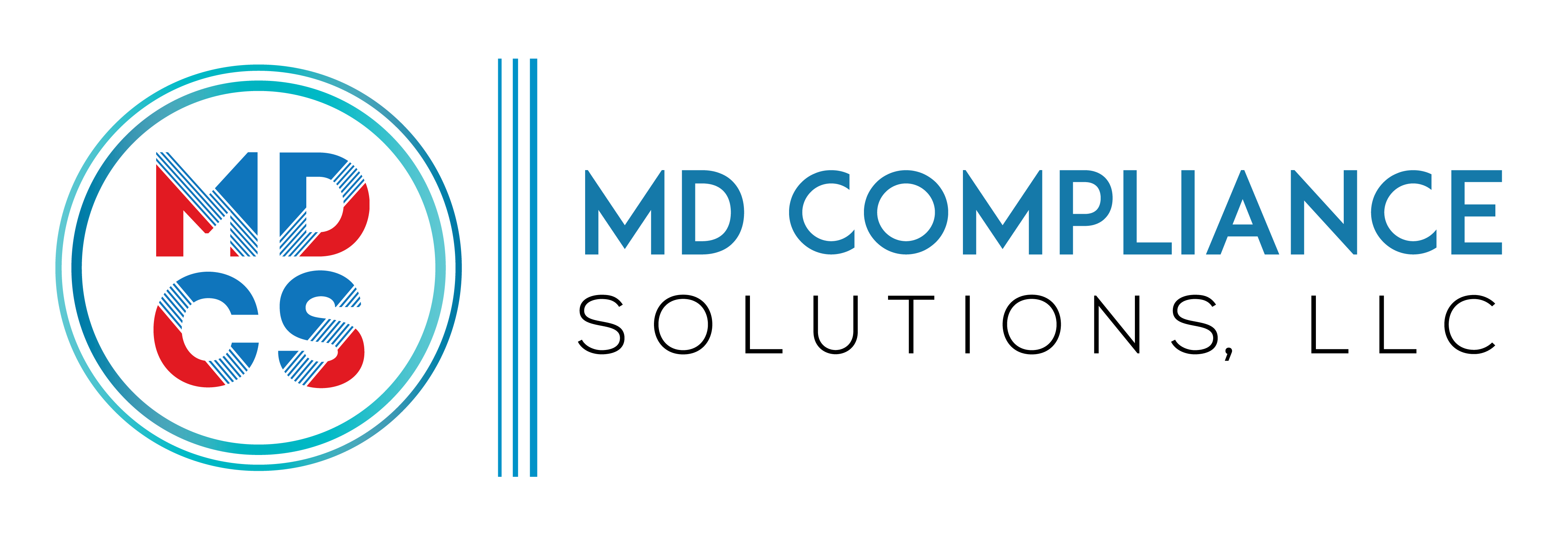Table of Contents
The medical coding field is one of intricate jargon, dynamic laws, and stringent rules. The need for precise and effective medical coding has increased as patient volumes increase and healthcare services become more demanding and challenging.
Staff Augmentation Meaning
Staff augmentation generally means employing outside workers on a temporary basis to increase your organization’s capabilities. This approach helps you to increase the internal capacity of a company’s workforce by utilizing temporary or permanent external personnel in order to handle the heavy workload at less operational cost.
Health care companies continue to have financial difficulties when recruiting new members for internal teams, even in spite of the rise in demand for healthcare services. A change is occurring with the acceptance of staff augmentation as a tactical fix. We will explore the field of staff augmentation and the reasons behind the growing need for it in the field of medical coding in this blogpost.
What is Staff Augmentation?
In the healthcare sector, staff augmentation is revolutionary. It indicates the process of hiring competent individuals to function as a team. It is a clever and calculated approach to satisfying your business’s needs without going over budget on employment. The real purpose of staff augmentation is to assist healthcare providers in addressing the problem of understaffing. Putting together an internal team to handle your business’s demands might take a lot of time and resources. You can have access to a group of knowledgeable, gifted, and experienced workers without breaking the bank by choosing staff augmentation services.
When a company has to cover temporary staff shortages or needs to work on a project, staff augmentation might be helpful. Staff augmentation is useful in the healthcare industry when a practice needs a team of people with specialized skills or has an unexpected increase in workload. Medical practices can scale their coding team up or down as needed without having to make resource investments by using staff augmentation for medical coders. Additionally, they have access to trained programmers who are very knowledgeable about the many rules, jargon, and modifiers used in the coding industry. Your clinic benefits from correct coding, fewer denials, and enhanced processes by utilizing their expertise.
Types of Staff Augmentation
You can select from a variety of staff augmentation options based on the needs and goals of your company.
Skill-specific augmentation: The goal of this kind of staff augmentation is to add experts or professionals with particular knowledge or abilities that the current team lacks. For instance, a company may have a skilled group of medical staff, but if the company wants to add a chatbot to its website, the developers might not have the necessary knowledge or expertise.
Short-term augmentation: This strategy is used to hire temporary outside labor for short durations—typically less than six months.
Long-term augmentation: This strategy is bringing in outside experts to work with an organization for a period of six months or longer, whereas short-term augmentation is meant for smaller tasks.
On-demand augmentation: In this strategy, companies may easily hire talent and scale up or down in response to pressing business demands. It is a flexible form of staff augmentation. This concept is particularly beneficial for companies or sectors of the economy that have seasonal demand.
Project-based augmentation: This strategy entails the addition of outside experts to the team for the duration of a particular project. Until the project is finished, augmented workers and internal team members work closely together.

Factors Influencing the Need for Increased Staff Augmentation?
Coding in medicine has always been complicated. But with the shift to electronic health records and the changing regulatory environment, medical coding has grown more complex. Therefore, staff augmentation is used by healthcare facilities in an efficient way to address all relevant issues. Even so, staff augmentation is not always the best option. Generally speaking, it works best in projects that are completed in a few months or years as opposed to those that take years or months to finish. There are several factors driving the increased need for medical coding services. Among them are:
- Medical coding relies on the knowledge and proficiency of the coder. The majority of code errors happen here. Misunderstandings can result in errors and inconsistencies that cause improper coding, which in turn causes claim denials. It is possible that disparities in experience lead to a lack of uniformity in the way different coders interpret a therapy or process. Such human error can impact the quality of care and cause delays in reimbursement. Healthcare providers can access a team of highly qualified and certified coders with extensive understanding of various coding guidelines, current legislation, and various scenarios that may arise in the documentation through staff augmentation. Providers can see a decrease in errors and an increase in reimbursement by utilizing the skills and knowledge of qualified personnel.
- It is widely recognized that the healthcare sector is characterized by constantly shifting regulations. Every year, the organizations in charge of keeping the medical coding codes up to date change them. It is likely that your internal coding staff is miscoding if they are not aware of the most recent changes and laws. As a result, it is critical to continue frequently training them. But given the high demands of coding, this level of training can be quite time- and energy-consuming. For this reason, service providers began using staff augmentation. By using staff augmentation, service providers can get access to a group of trained coders that are knowledgeable about the most recent developments in the sector. By ensuring that the appropriate codes are used during coding, this helps to avoid denials.
- The lack of qualified coders is one of the biggest issues the healthcare sector is now facing. Quality coders are in shorter supply as demand rises. The lack of medical coding specialists has been brought to attention by the American Health Information Management Association (AHIMA). By supplying skilled coders to healthcare facilities, staff augmentation helps to mitigate this shortfall by reducing the workload of internal teams.
- Patient numbers in the healthcare sector are surging at an unprecedented rate due to factors such as aging populations, population expansion, and easier access to healthcare. Medical coders are facing a much heavier workload due to the rise in patients seeking healthcare services. Healthcare facilities can quickly adjust to fluctuations in patient load with staff augmentation since it provides a scalable option without sacrificing the precision and caliber of medical coding.
- There are situations when the problem lies elsewhere. Additionally, providers do not give the coder enough information to select the appropriate codes. It is the provider’s responsibility in these situations since they either give unclear medical reports or insufficient paperwork. The team of coders first makes sure that the documentation they receive is precise and comprehensive when you choose to use staff augmentation services. They proceed to transform the processes and treatments into code after verifying that they are relevant.
Wrap Up
Staff augmentation has grown significantly over the years, growing beyond IT and tech to include medical coding companies. Medical coding can be difficult and intricate. It is obvious that most practices will begin using staff augmentation for coding operations given the difficulties that providers have when it comes to coding. MD Compliance Solutions provides medical coders with reliable staff augmentation, reducing stress and enabling clinics to meet medical coding expectations.
Read More: What is Remote Therapeutic Monitoring (RTM)?


